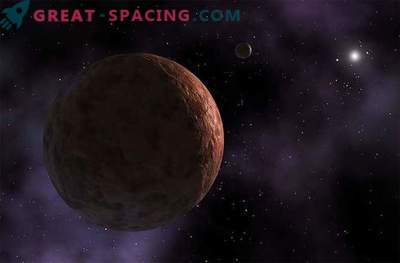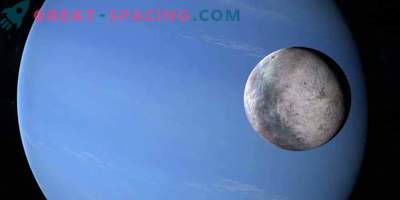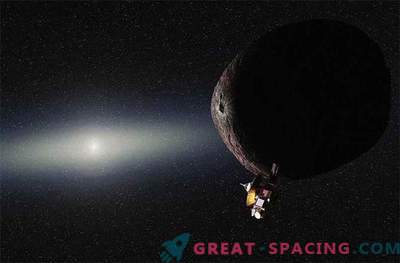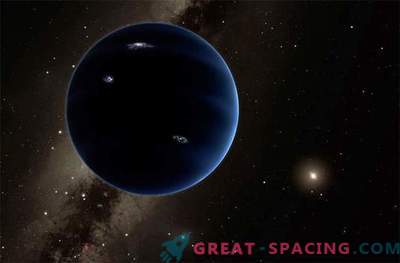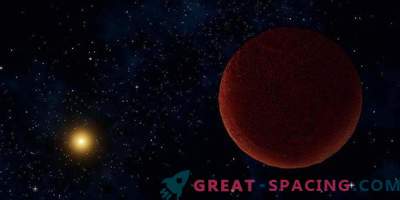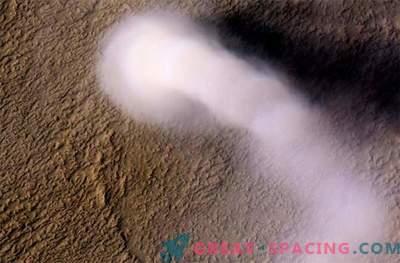
Artistic vision of a detected celestial body
For the first time, astronomers managed to find an object with a radius of 1.3 km at the edge of the solar system. Scientists have predicted the presence of kilometer-like celestial bodies for over 70 years. It is believed that they played an important role in the formation of the planets between the initial stage of combining dust and ice and the modern ready-made planets.
The Kuiper Belt is a collection of small celestial years living outside the orbit of Neptune. Pluto is considered the most famous object. Believe that the belt represents a cluster of residues from the formation of the solar system. Small bodies (like asteroids) in the internal system have changed under the influence of sunlight, collisions and gravity. But the cold bodies of the Kuiper belt remain as they were billions of years ago. Their study allows a better understanding of the beginning of the process of planetary formation. It is believed that the kilometer Kuiper belt objects exist, but they are too far, small and dim to be in a review of the leading terrestrial telescopes, like Subaru. Therefore, researchers used the eclipse technique: observing a large number of stars and passing objects close to us in front of them. The monitoring lasted about 60 hours and caught 2,000 stars.
Analysis of the data demonstrated the event passing a 1.3-kilometer object. The find supports models in which planetesimals initially slowly grow into kilometer objects, and then merge into planets. This is a real breakthrough for a low budget project. Now scientists are planning to study the Kuiper belt in more detail and move on to the more distant Oort cloud.

